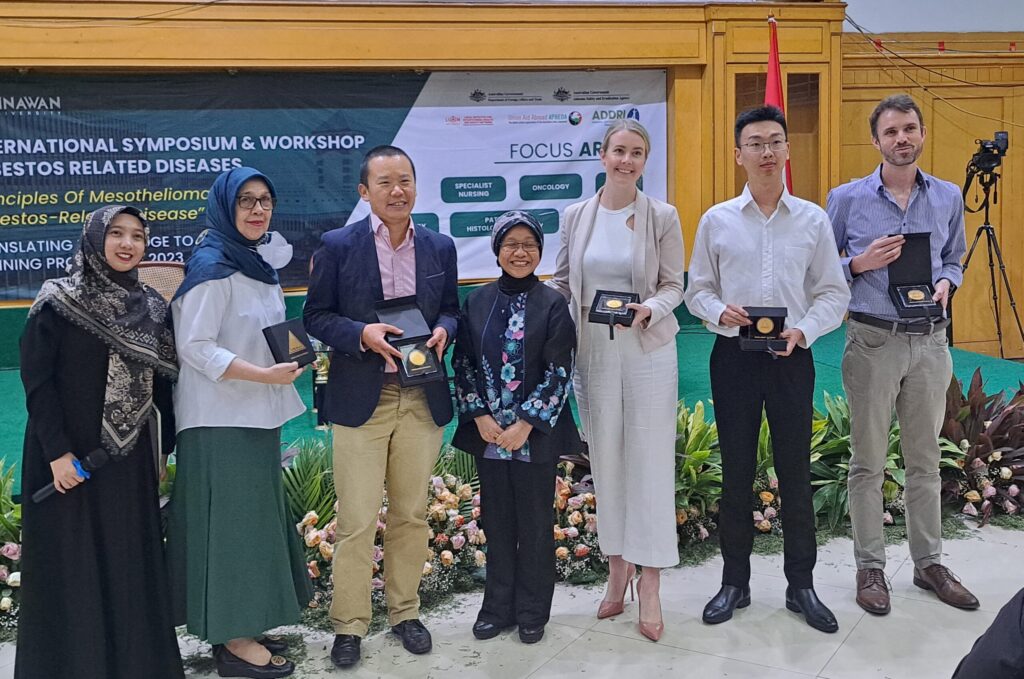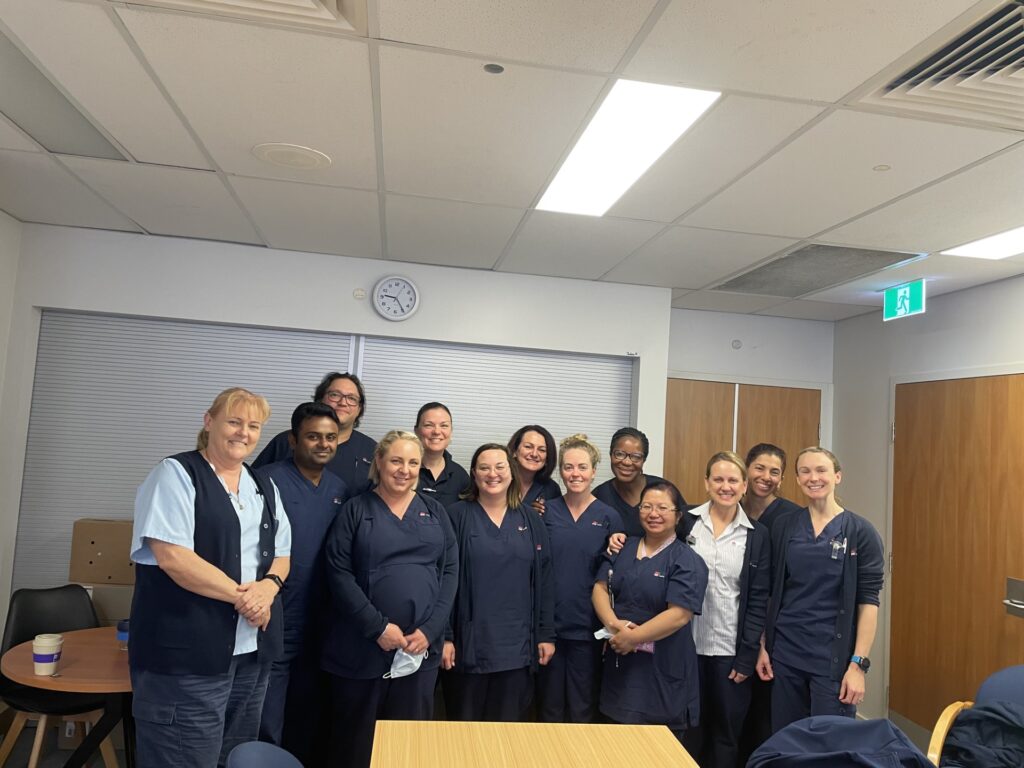Introduction
This brief review will discuss the experiences and the lessons learn during the 30-year history of the New Zealand Asbestos Disease Register.
Asbestos has been the scourge of working populations throughout many countries of the world for over 100 years. New Zealand with no large deposits of asbestos was late in experiencing the full effects of asbestos exposure(1), partly as a result of this, New Zealand did not develop a strategy to manage the asbestos risk. In fact, it was not until 1991 when the Hon. Bill Birch Minister of Labour established the Asbestos Advisory Committee to report to him on the range of issues to be considered. This Report(2) covered three main issues, medical and industrial, management and disposal of asbestos, and compensation. The key medical recommendations included the establishment of an Asbestos Register, a National Asbestos Panel (referred to hereafter as the Panel), a Radiology Panel, and diagnostic procedures. The Asbestos Register was to be in two parts: an Exposure Register and a Disease Register.
This review will focus on The Disease Register and the importance of developing information about asbestos for those exposed to asbestos, for those managing the risk and for the health professionals investigating and diagnosing the asbestos-related conditions.
Promotion of asbestos awareness
It was clear both to the Occupational Safety and Health Service (OSH) of the Department of Labour and to the members of the Panel that raising the awareness of the risks of asbestos was the first task following the publication of the Government Report(2). By 1992 two pamphlets had been produced: “Asbestos – A Deadly Dust”(3), “ Asbestos Exposure and Disease: Notes for Medical Practitioner”(4) Later in the year, the first report of the Asbestos Register was published.(5)
The next stage was to invite overseas experts to give advice and their experience to the Panel, the medical profession and the public. Thus in 1994, Professor Margaret Becklake was invited to present at a number of seminars throughout New Zealand(6), followed in 1998 by a similar invitation to Professor Corbert McDonald.(7) Another important source of information for medical practitioners and the public were the annual reports of the Panel(5, 8, 20) in which details of the disease notifications were reported.
As expected with the establishment of a new Register, there was an initial upsurge in enthusiasm and interest which then settled down. By the third decade of the Register’s existence, the Panel realised there was a need to reignite enthusiasm. This was achieved by again inviting overseas exporters, Professor Ken Takahashi(21), Dr Michael Donoghue(22) and Assoc Professor Glen Reid.(23) Supplementing this range of information activities, the Panel produced a number of special reports. (24, 25)
Diagnosis of asbestos-related diseases
Obtaining an acute diagnosis was an important concern for the Panel. The procedure once a notification was received by the asbestos disease Registrar was to refer the notification to the appropriate Department of Labour branch for investigation by an occupational health nurse which was then confirmed by the branch department medical practitioner. The confirmed case was referred to the Panel for a final decision and communication to the patient and the notifier. This data was then entered into the Disease Register by the asbestos Registrar. While this procedure was thorough, the number of confirmed cases was limited partly because of the voluntary nature of the notification system and partly because of the limited understanding of what constituted an occupational disease.
In addition, the Panel became aware that the diagnostic procedures were flawed. Some radiologists reported pleural plaques as asbestosis, and few had access to the International Labour Organization (ILO) Classification of Radiographs of Pneumoconiosis(26) apart from the members of the Radiology Panel. Lung cancer was underreported as asbestos was not regarded as a risk factor for this condition. Asbestosis was seldom purely restrictive in presentation partly because of the smoking habits of asbestos workers, and partly that much of asbestos exposure was to a mixed asbestos-cement dust rather than to the fibre, and finally, because of the long latency of this disease, it often presented at retirement when an occupational history was not obtained. Patients presenting with pleural effusion suggesting the onset of mesothelioma were rarely asked if they had been exposed to asbestos. Chronic obstructive pulmonary disease was not recognised at that time as having a possible occupational basis as the review by Fishwick et al(27) at that time had not been published. These views on the problems of diagnosis reflected the Panel’s subjective experience and were later given some credence by a report “Occupational Lung Disease survey of respiratory physicians” in Northern Ireland.(28)
The Asbestos Disease Register and Annual Report
The disease data once confirmed was then published in the annual report. The report classified disease type, age, gender, ethnicity, smoking habit, occupation, exposure index, and details concerning latency. One of the important strengths of the Asbestos Disease Register was the information on latency which was consistent and provided a useful mean and range for mesothelioma, lung cancer and asbestosis. This was helpful for compensation claimants to prove their case. Information on occupation exposure in years and frequency and severity enabled the regulator to highlight risks.
The end of an era
Towards the end of the third decade, the years were having their impact on the Department of Labour which was losing its enthusiasm for occupational diseases in preference for safety issues. The occupational health nurses were made redundant, so that investigation of occupational diseases declined. The department medical practitioners lost interest and resigned. Finally, in December 2018 the Senior Leadership Team at WorkSafe (formerly the Department of Labour)made a decision to discontinue the Notifiable Occupational Disease System (NODs)(29). As NODs was the basis on which notifications were made to the Asbestos Disease Register, this decision of WorkSafe in effect ended the national Asbestos Disease Register.
Conclusion
Reviewing the almost 30 years of the Asbestos Disease Register’s existence revealed the limitations of a voluntary notification system, but also its strengths. The Panel members also highlighted weaknesses such as the part-time role of the Registrar, the constant change in the personnel employed in this position, the location of the Register and Panel in a Government Department rather than in a medically orientated academic centre, together with the underfunding of the Register and the Panel. However, the strengths arising from the Register included its value as an information resource for the Department of Labour; as a disease indicator enabling causation to be determined and intervention established; as a focus for raising awareness of work-related health risks; as an indicator of trends in occupational disease patterns; and with mesothelioma indicating the development of “secondary” spread to family members(30), and finally alerting the health professionals to the importance of work as a risk factor in disease diagnosis. Throughout its existence, the Panel members remained encouraged by the views of Professor Margaret Becklake expressed in a letter to the Panel in October 1993:
“As I indicated to you, I believe that if appropriately set up, disease registers, particularly occupational diseases registers, can play a real role, in addressing issues not easily addressed otherwise, and in research and increasing our knowledge of these conditions”
Finally, WorkSafe in its decision to discontinue the notifications system, put forward an alternative based on doing its own survey as well as using data from other sources. It remains the view of the authors that one method of surveillance of disease occurrence does not exclude alternative methods as indicated in a series of articles published in the Journal of the Society of Occupational Medicine.(31-35) Thus, it remains our view that the decision of the Government to establish the National Asbestos Register in 1991 was the correct one, and it also remains our hope that the experience outlined in this review may assist other countries to deal with this dreadful disease as they enter their era of exposure to the use of asbestos in the workplace and beyond.











